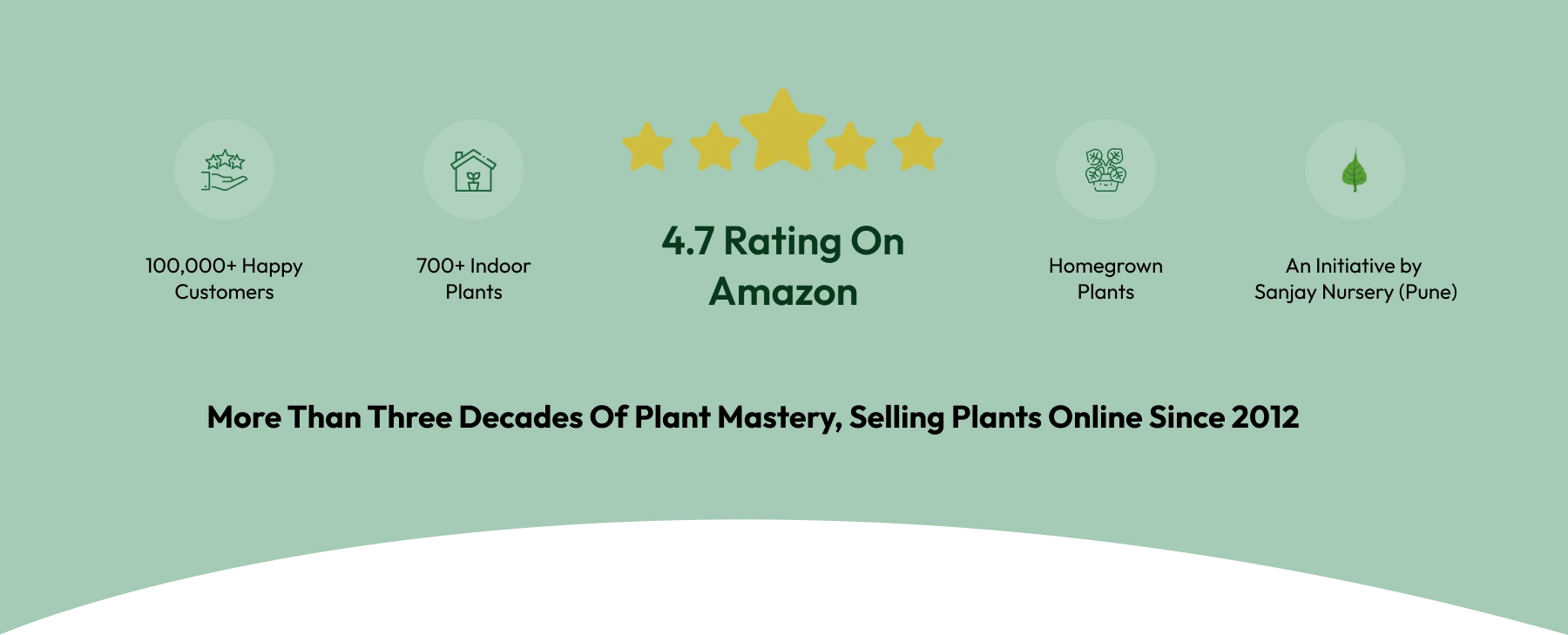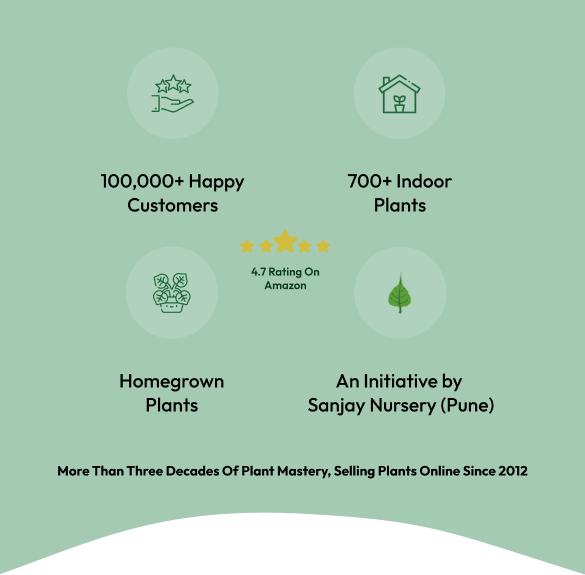Culture guide
Usage
Plants for the border, pot and container plants, plants for patio and window boxes, cut flowers
Sow time
January for flowering in May (artificial long days); May for flowering in September (natural day length); July for flowering in January (artificial long days)
Sowing method
3-5 seeds per plug, sowing in final pots is possible
Germination
10-12 days at 68-70 °F (20-21 °C), cover seed lightly with vermiculite after sowing. To prevent premature flowering, keep plants vegetative with a four hour night interruption
Growing on
Transplant plugs after 3-4 weeks. Grow on at 58-60 °F (14-16 °C). Cool temperatures promote a good plant habit, but may delay flowering.
Media
Media:
Use a well-drained, growing substrate with 20-30 % clay, 1-1,5 kg/m³ complete balanced fertilizer, 0-2 kg/m³ slow release fertilizer (3-6 months), iron-chelate, micronutrients, pH: 6.0-6.5. Use a sterile medium and sterile pots/containers as preventative measures against Fusarium and Verticillium. Field: sandy loamy soils with good drainage and moderate nutrition levels. Standard fertilization: 80-100 g/m² slow release fertilizer. Disinfect the soils in greenhouse before planting.
Temperature
Grow at 12-15 °C. Callistephus do not grow temperatures below 8 °C and do not tolerate frost. The lower the temperature, the better the plant habit but onset of flowering will be a little delayed. Lower temperatures combined with short days cause the development of a leaf rosette and short stems.
Fertilization
Moderate-high fertilization levels are required. Fertilize the crop weekly with 100-150 ppm nitrogen (at 2 kg/m³ slow release fertilizer in substrate), using a potassium balanced fertilizer (N: K₂O-ratio: 1:1,5). Avoid high ammonium and high nitrogen levels. High nitrogen levels will cause smooth stems. Prevent magnesium deficiency by applying magnesium sulphate (0,025 %) 1-2 times and in case of iron deficiency apply iron-chelate for 1-2 times.
Field: N min soil value: approximately 150 g/m².






